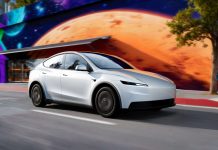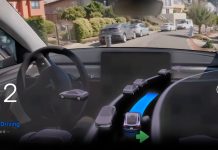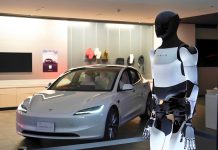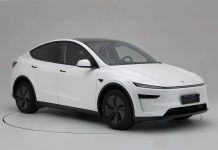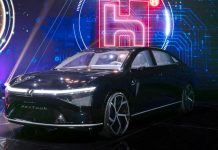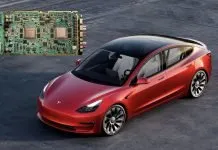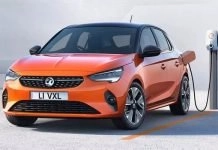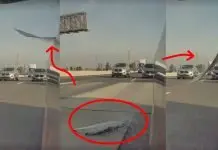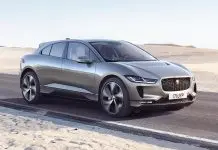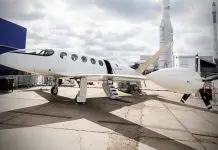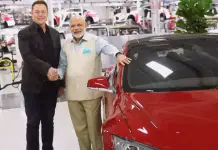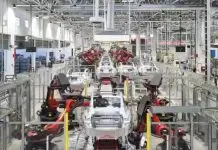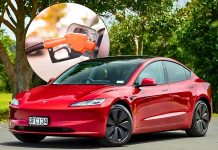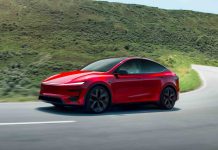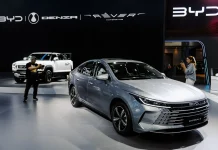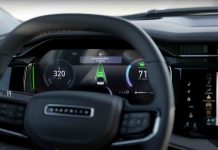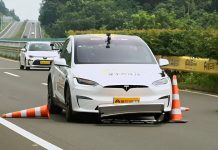According to Elon Musk, Austin, TX, will see Tesla’s robotaxi service debut in June. Within a few months, the company aims to have 1,000 self-driving cars in operation. With this declaration, Tesla has reached an important step toward self-driving ride-hailing.
A Gradual Launch with Rapid Growth
According to Musk, when he spoke to CNBC on Tuesday, the launch will begin with a small batch of robotaxis. That figure is expected to rise fast, and the overall count could eventually reach 1,000 vehicles in Austin.
“We’ll start with probably 10 for a week, then increase it to 20, 30, 40,” Musk said. “It will probably be at 1,000 within a few months.”
Austin is just the starting point for Musk, he says. Should the pilot succeed, Tesla will take the robotaxis to urban areas like San Francisco, where regulatory challenges have so far kept Tesla robotaxis off the roads.
“The approval process is very haphazard and sort of state-by-state, and sometimes city-by-city,” Musk said. He emphasized the need for consistent, nationwide regulation for autonomous vehicles.
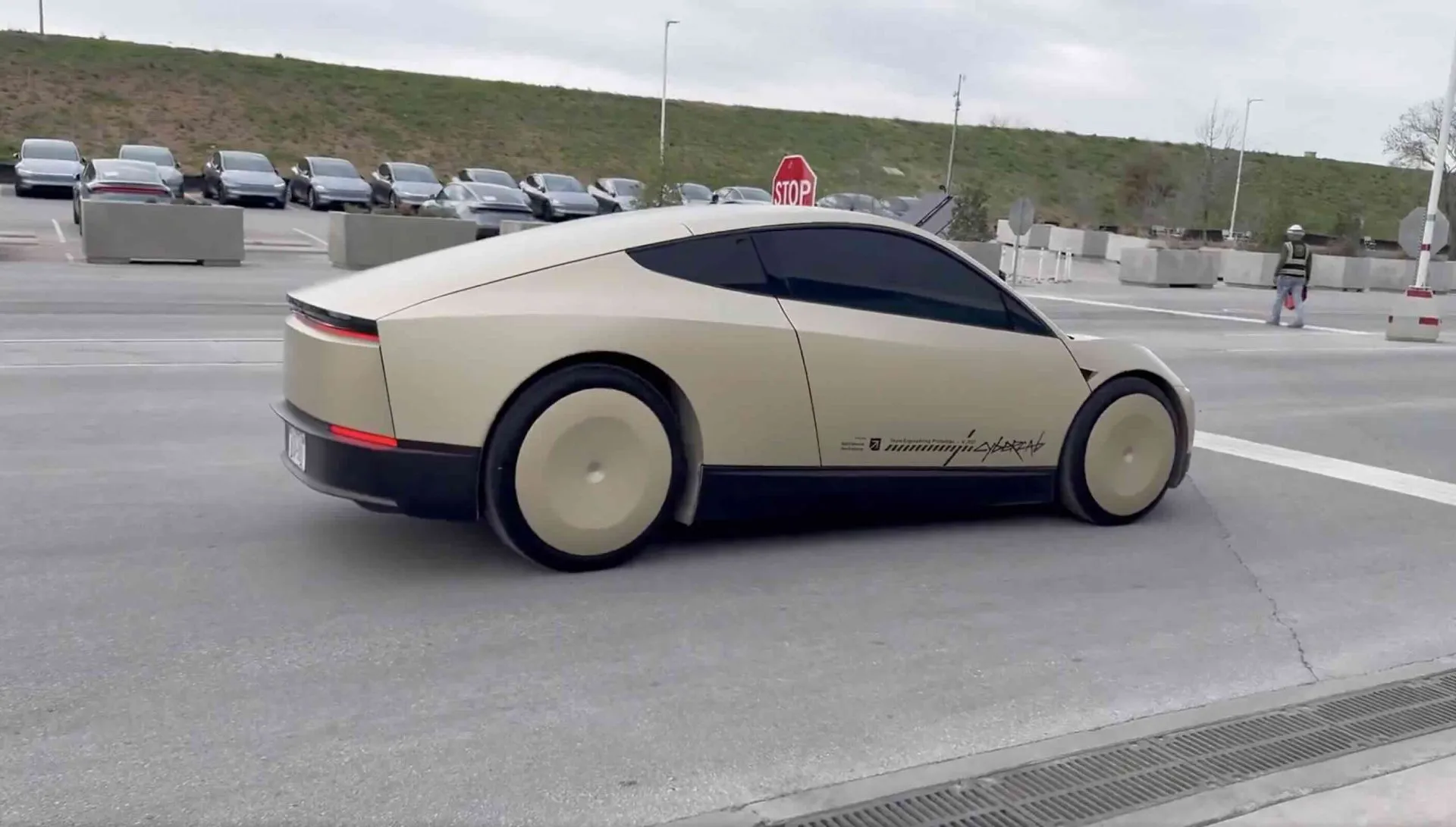
Geo-Fenced Operations for Safety and Control
The first stage of launching will be tightly controlled. Tesla has set up geo-fenced zones in Austin that its robotaxis will only be able to drive in for safety reasons.
“We will geo-fence it,” Musk said. “It’s not going to take intersections unless we are highly confident it’s going to do well with that intersection. Or it will just take a route around that intersection.”
Like Waymo and Zoox, Tesla also relies on geo-fenced autonomous vehicles to make sure safety is preserved at the start of its operations. Tesla’s Robotaxi service will only be available to selected users. Human staff will take over the wheel if the vehicle’s AI driver runs into challenges and cannot handle them. Early during deployment, when unexpected situations may arise, the safety net is most required for autonomous systems.
Musk Deflects Criticism Following Safety Comparison
Developing robotaxis has sparked some controversy for Tesla. Responding to a recent report by Business Insider, Musk commented on how Tesla’s FSD feature ran through a red light in San Francisco but said Waymo handled it correctly.
Calling it a bad comparison, Musk said: “That was not a valid test.” Yet he added that Tesla’s robotaxis won’t operate in difficult places until the company trusts its software. Many Tesla Model Ys were spotted with roof equipment likely for robotaxi testing. It shows that Elon Musk is taking security seriously.
With Tesla about to launch robotaxis in Austin, a recent accident in Alabama has refueled doubts about whether the automaker’s FSD is reliable enough for the task. A Tesla Model 3 with supervised FSD turned off the road and flipped, hurting the driver. The owner, who referred to himself as a fan, said he used FSD for his daily drives and had full confidence in it.
The problem observed in Hardware 4 and the latest software highlights the risk of going too fast with autonomous services. If autonomous cars don’t succeed in supervised situations, even in areas with light traffic, are they safe for city robotaxis?

